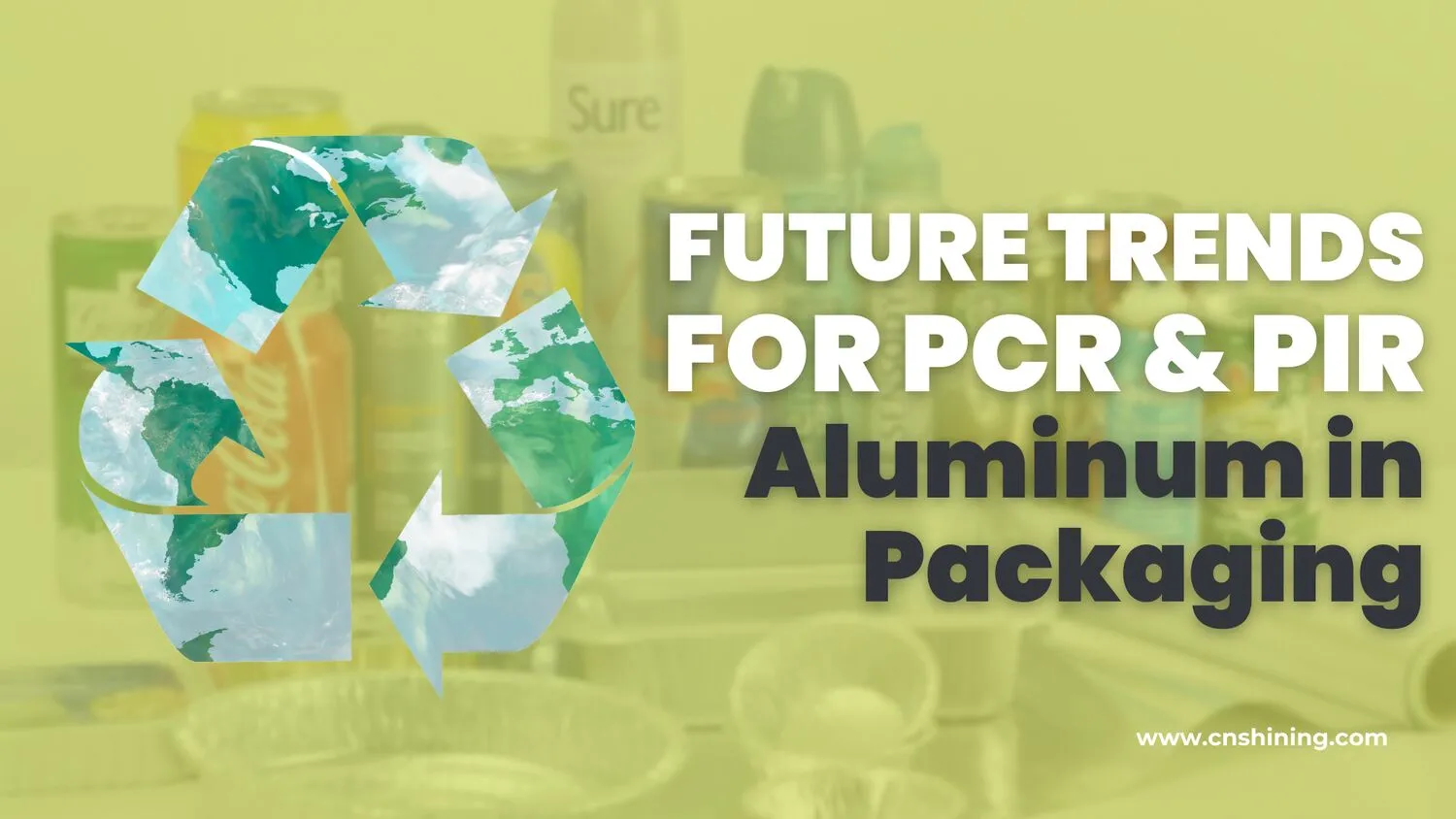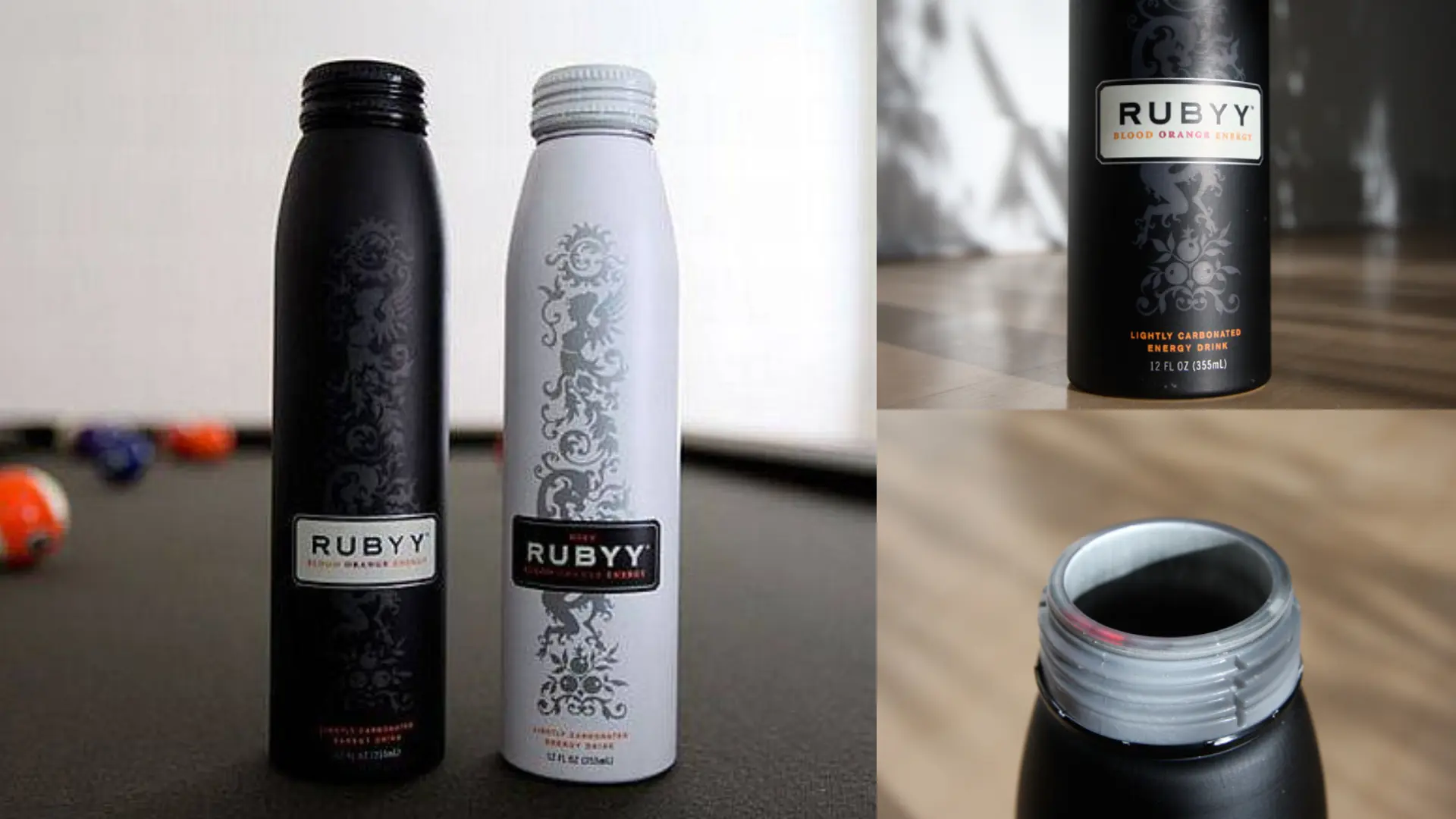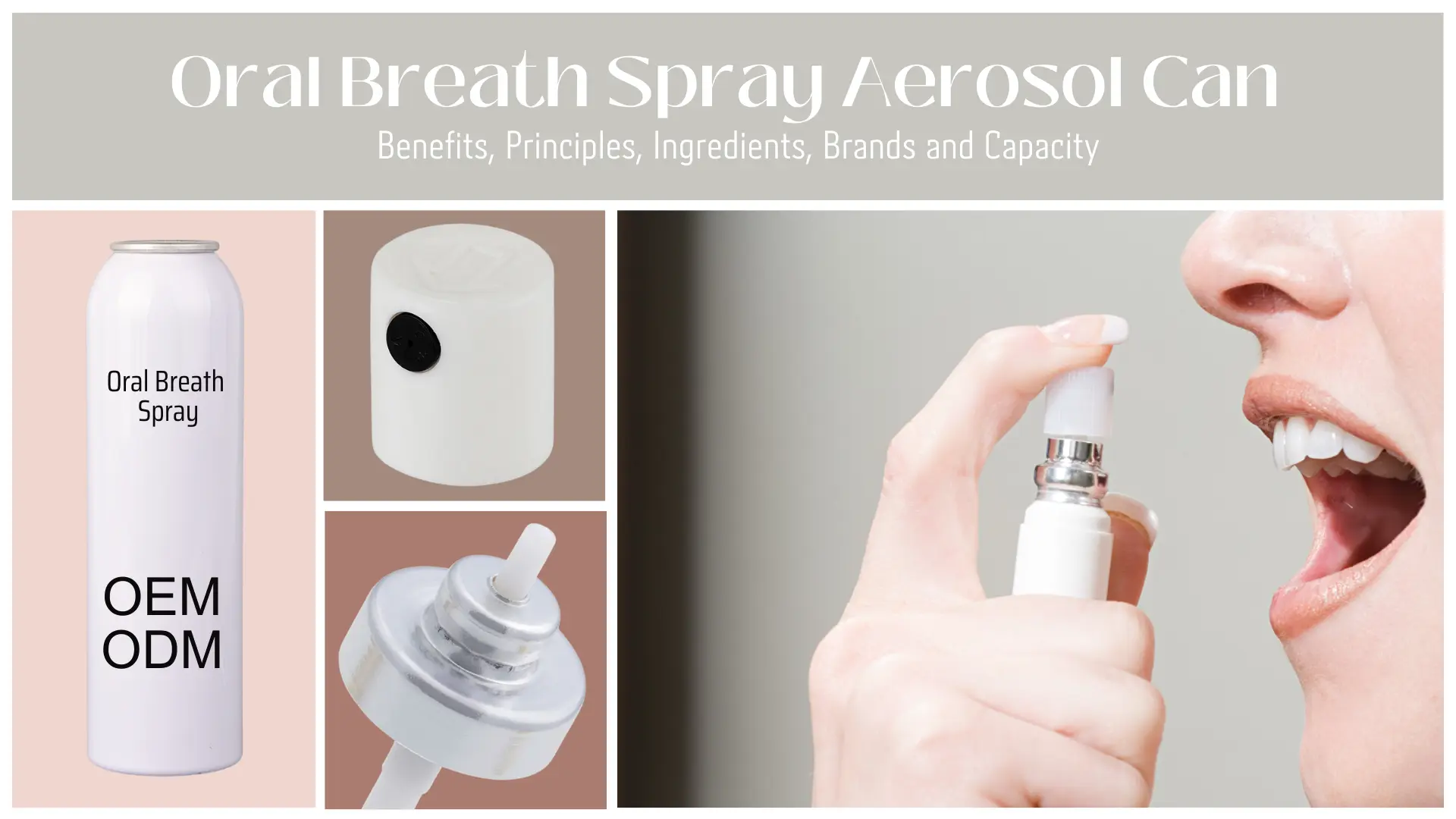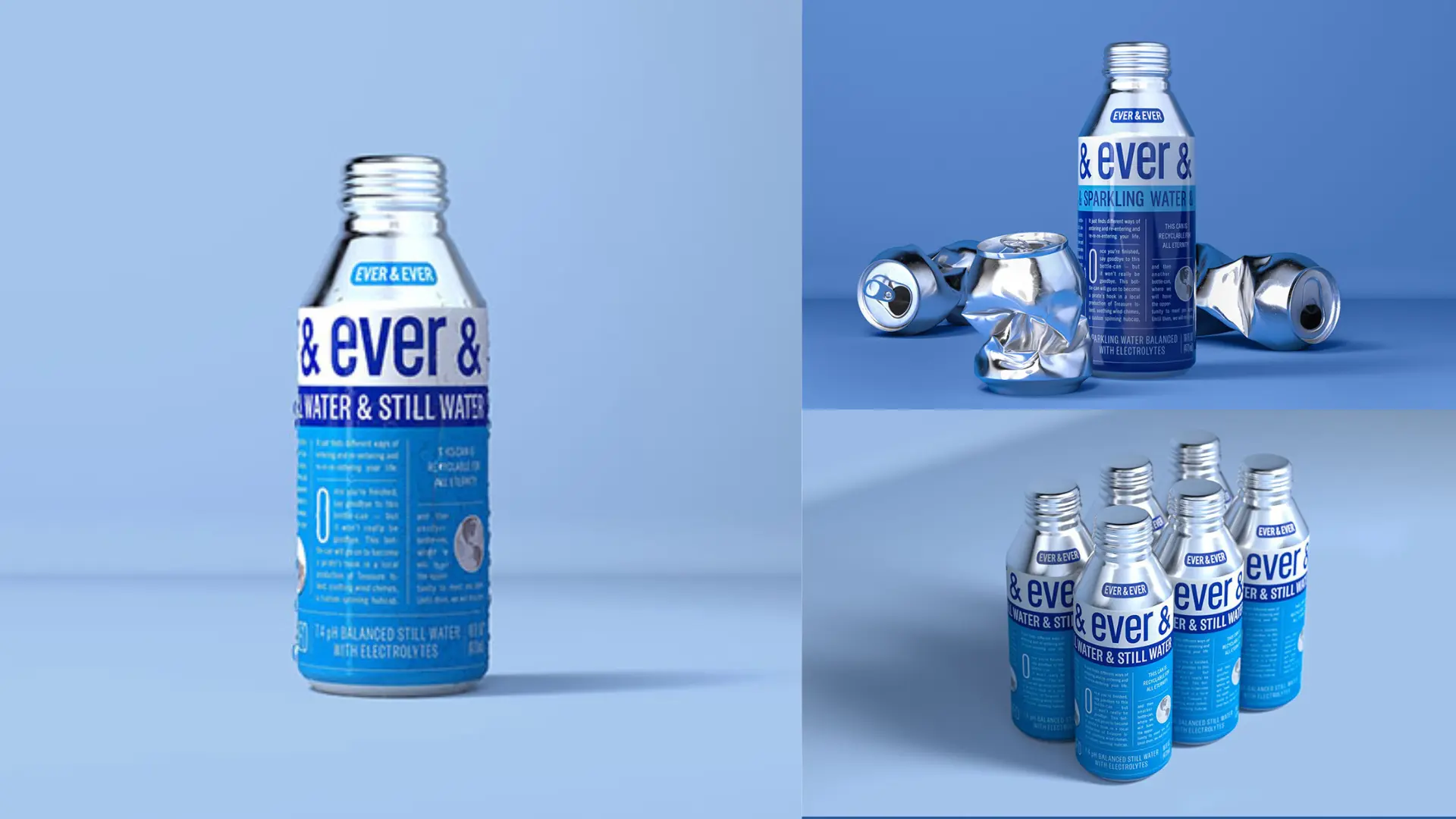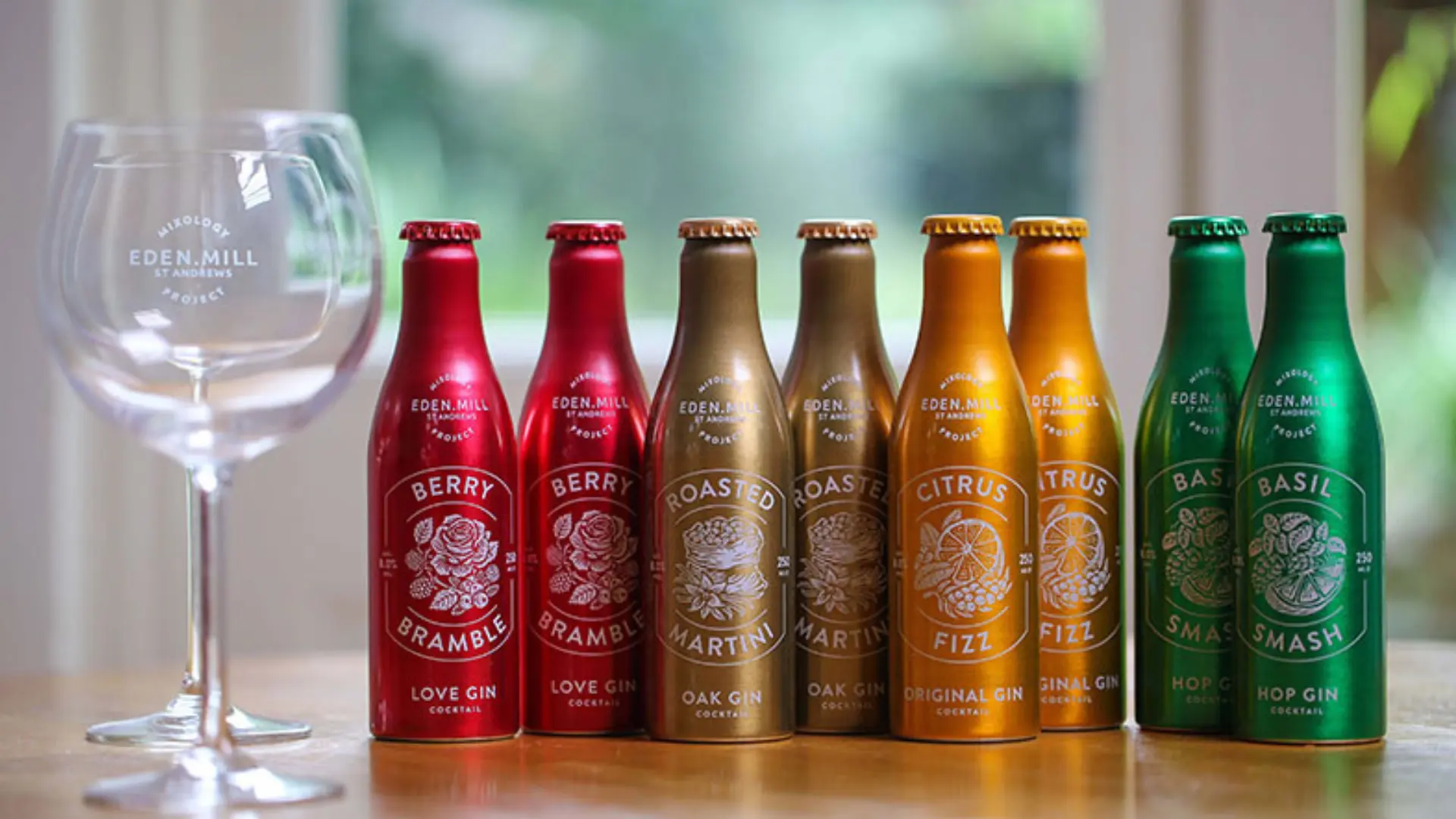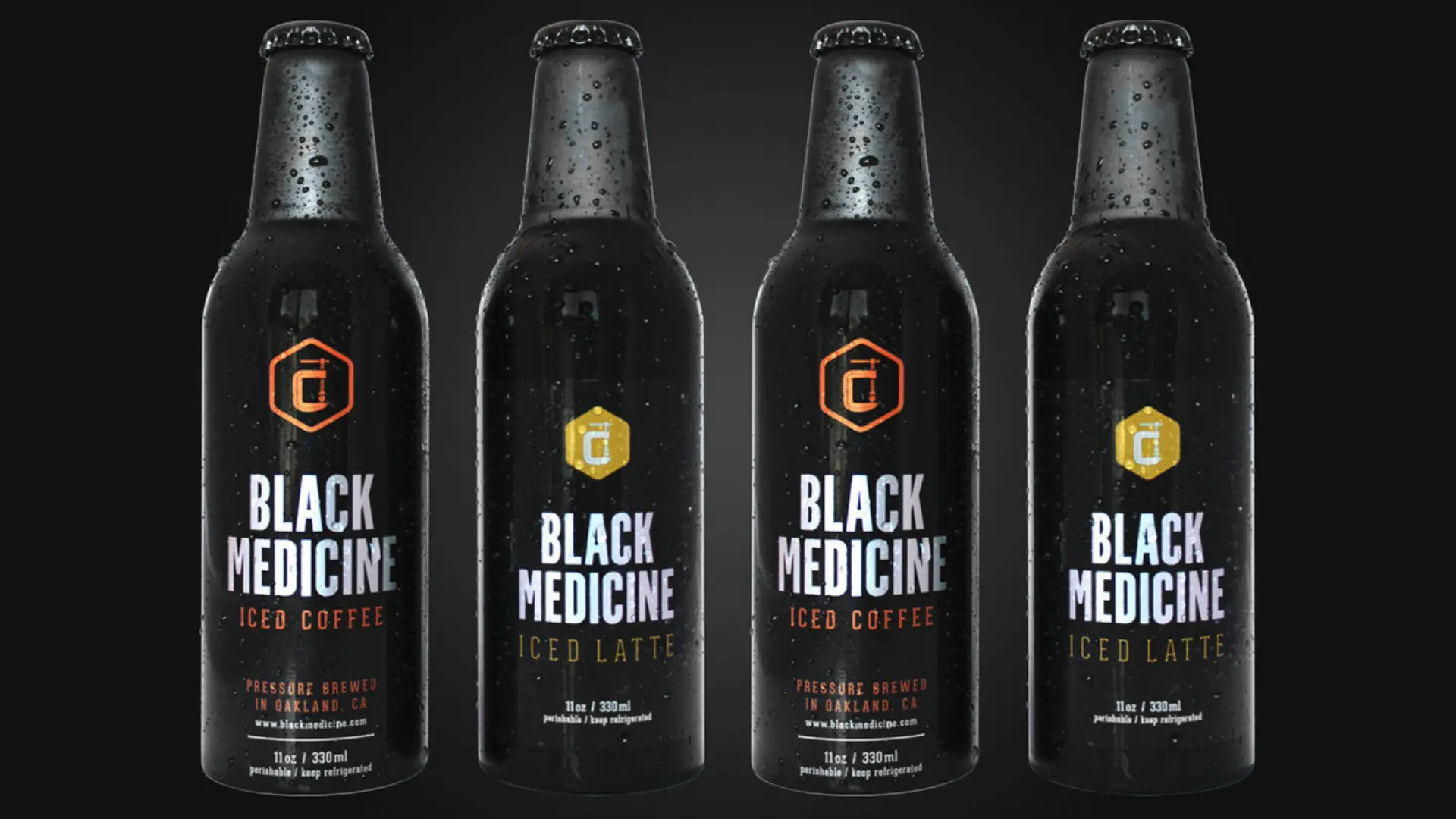The demand for sustainable aluminum packaging is surging, positioning pir aluminum and pcr aluminum as critical materials for aluminum aerosol cans and aluminum bottles. As environmental awareness grows and regulations tighten, these recycled aluminum variants are at the forefront of industry transformation. This article explores the market trends driving the adoption of PCR and PIR aluminum, highlights technological innovations shaping their production, and examines the regulatory landscape influencing their future. By analyzing these factors, we uncover how eco-friendly aluminum cans are paving the way for a greener, more innovative future in aerosol can sustainability.
Rising Demand for Recycled Aluminum
The global market for recycled aluminum is expanding rapidly, fueled by consumer preferences and corporate sustainability goals. Key drivers include:
- Consumer Awareness: A 2024 survey by the International Aluminium Institute found that 78% of consumers prefer products with green packaging future credentials, boosting demand for recycled aluminum trends.
- Corporate Commitments: Major brands in cosmetics, pharmaceuticals, and household products are pledging to use 50% or more recycled content by 2030, aligning with net-zero targets.
- Market Growth: The recycled aluminum market is projected to grow at a CAGR of 7.2% from 2025 to 2032, driven by packaging applications like aluminum aerosol cans.
These trends reflect a shift toward eco-friendly aluminum cans, with PCR aluminum’s low carbon footprint (0.8 kg CO2e/kg vs. 9.1 kg CO2e/kg for virgin aluminum) making it particularly attractive.
Key Market Trends
Several trends are shaping the adoption of PCR and PIR aluminum in the packaging industry:
| Trend | Description | Impact |
|---|---|---|
| Increased PCR Adoption | Growing use of pcr aluminum due to its lower carbon footprint and consumer appeal. | Reduces emissions by up to 91% and enhances brand sustainability. |
| PIR Supply Chain Integration | Manufacturers streamline pir aluminum collection from industrial waste. | Improves material availability and reduces costs. |
| Premiumization | Brands use recycled aluminum for premium, eco-friendly packaging designs. | Boosts market share in high-value sectors like cosmetics. |
| Lightweighting | Thinner, lighter cans made with recycled aluminum to reduce material use. | Lowers costs and environmental impact of aluminum bottles. |
These trends are driving innovation and investment in sustainable aluminum packaging, positioning PCR and PIR aluminum as industry standards.
Technological Innovations
Advancements in recycling and manufacturing technologies are enhancing the efficiency and sustainability of PCR and PIR aluminum production. Key innovations include:
Advanced Sorting Technologies
Technologies like AI-driven sorting and laser-induced breakdown spectroscopy (LIBS) improve the accuracy of separating pcr aluminum from mixed consumer waste. These systems increase the yield of high-purity recycled aluminum, reducing contamination and supporting recycled aluminum trends.
Carbon-Neutral Recycling
Next-generation furnaces powered by renewable energy sources, such as solar or hydroelectricity, are reducing the carbon footprint of recycling. Some facilities now achieve near-zero emissions, making eco-friendly aluminum cans even more sustainable. These furnaces also use advanced filtration to minimize air pollution.
Smart Manufacturing
Digital twins and IoT-enabled production lines optimize the forming of aluminum aerosol cans and aluminum bottles. Real-time monitoring ensures consistent quality and minimizes material waste, aligning with the industry’s push for aluminum packaging innovations.
Recycled Aluminum Alloys
New alloy formulations tailored for recycled aluminum enhance strength and flexibility, enabling thinner, lighter cans without compromising durability. These alloys are particularly valuable for premium packaging in cosmetics and pharmaceuticals, supporting the trend toward lightweighting.
Regulatory Influences
Global regulations are accelerating the adoption of PCR and PIR aluminum in sustainable aluminum packaging. Key policies include:
- EU Circular Economy Action Plan: Mandates 60% recycled content in packaging by 2030, driving demand for pcr aluminum and pir aluminum.
- US Extended Producer Responsibility (EPR) Laws: Require brands to use recyclable materials, boosting the market for eco-friendly aluminum cans.
These regulations incentivize manufacturers to prioritize recycled aluminum, ensuring compliance and market access. Certifications like the Aluminum Stewardship Initiative (ASI), as discussed in the previous article, play a crucial role in verifying compliance, avoiding less relevant standards like GRS, which is primarily for textiles.
Challenges in Market Adoption
Despite strong growth, the adoption of PCR and PIR aluminum faces challenges:
- Supply Constraints: Limited recycling infrastructure in some regions restricts the availability of high-quality pcr aluminum, with only 50–60% of aluminum waste collected globally.
- Cost Pressures: Processing recycled aluminum can be costlier than virgin aluminum due to sorting and cleaning expenses, though long-term savings offset this.
- Consumer Education: Some markets lack awareness of the benefits of green packaging future solutions, requiring campaigns to drive demand.
Industry associations like the International Aluminium Institute are addressing these issues by advocating for improved recycling systems and consumer outreach programs.
Future Outlook
The future of PCR and PIR aluminum in aerosol can sustainability is bright, with several developments on the horizon:
| Development | Expected Impact |
|---|---|
| Expanded Recycling Infrastructure | Increases availability of pir aluminum and pcr aluminum, reducing supply constraints. |
| Policy Harmonization | Global alignment of recycling standards simplifies compliance for manufacturers. |
| Consumer-Driven Innovation | Brands develop premium, eco-friendly designs to meet demand for aluminum packaging innovations. |
| Carbon-Neutral Production | Widespread adoption of renewable energy in recycling achieves near-zero emissions. |
By 2030, the aluminum packaging industry is expected to see a 40% increase in recycled content use, driven by these trends and innovations.
Real-World Momentum
Recent industry examples highlight the growing adoption of PCR and PIR aluminum:
- Cosmetics Industry: A premium skincare brand launched a line of deodorant cans using 100% PCR aluminum, achieving a 30% emissions reduction and boosting sales by 15%.
- Pharmaceutical Sector: A nasal spray manufacturer adopted PIR aluminum cans, aligning with ASI certification and gaining access to EU markets.
- Household Products: An air freshener brand introduced sustainable aluminum packaging, reporting a 20% increase in consumer preference for its eco-friendly line.
These successes, supported by the Aluminum Association, underscore the market’s shift toward recycled aluminum trends.
Conclusion
The market for PCR and PIR aluminum is poised for exponential growth, driven by consumer demand, technological advancements, and stringent regulations. As aluminum aerosol cans and aluminum bottles embrace eco-friendly aluminum cans, the industry is redefining sustainability through aluminum packaging innovations. By addressing challenges like supply constraints and leveraging innovations like carbon-neutral recycling, PCR and PIR aluminum will shape the green packaging future. This series has explored the definitions, production, applications, certifications, and environmental benefits of these materials, providing a comprehensive guide to their role in aerosol can sustainability.

